|
||||||||||||||||||||||
Projet U the monospace projects |
|
|
In 1981, Matra presented
its Projet P18 to PSA's management who were reluctant to
embrace a concept developed outside the organisation. |
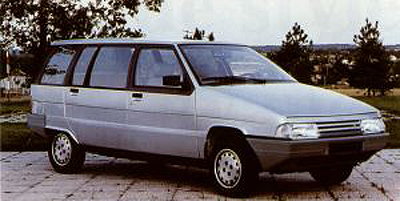 |
|
The PSA Group had insufficient resources to develop an Espace competitor and yet such a vehicle was de rigeur, if only because of the competition between the two French automotive giants. The fact that the Regie managed to shift over 18 000 Espaces in 1986 might also have had something to do with the decision... Heuliez designed a BX-based Monspace pictured here, which was rejected since it did not offer the required space. |
 |
|
It became clear that the
solution to the problem might lie in an alliance with another
manufacturer and Fiat seemed to be the natural partner - the
two companies had co-operated in the past and in Latin America
were still co-operating in manufacturing and distribution
joint ventures. |
 |
|
The first sketches and 1/5 scale models of Projet U60 had been completed in 1987 - one of these is shown above. At this stage, design studios at Peugeot, Citroën, Fiat, Lancia and Alfa Romeo were all involved in design studies, together with external design studios like Italdesign, Pininfarina, Bertone and I.D.E.A. |
|
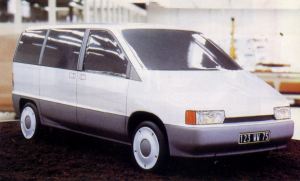 |
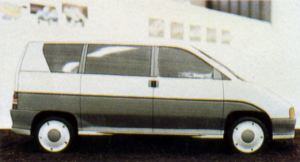 |
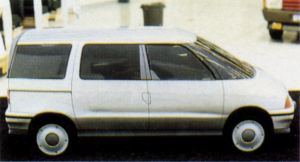 |
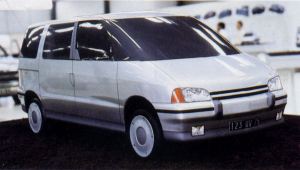 |
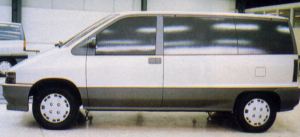 |
In 1987, when Art Blakesee assumed control at the Centre Style Citroën, the PSA Style Avancé division at Carrière was given the U60 project. The design brief given to Curt Gwin was to devise a vehicle that would outsell the Espace, that should be neither too small like the Nissan Prairie nor too large like the Toyota Previa and which should meet the needs of the different manufacturers, each of whom had their own identity and image. |
 |
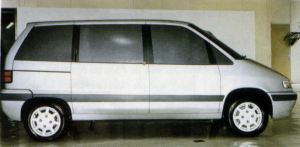 |
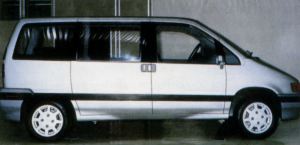 |
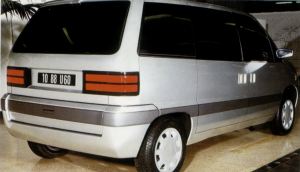 |
|
By 1989, the style of the vehicle had been determined - a consensus had been achieved in July of that year. The different models would be differentiated from one another by virtue of tail lamp and tailgate treatments and grill and headlamps. Citroën's version of U60 went on sale in 1994 and was called Evasion (Synergie in Anglophone markets). |
 |
| © 1999 Julian Marsh | |

